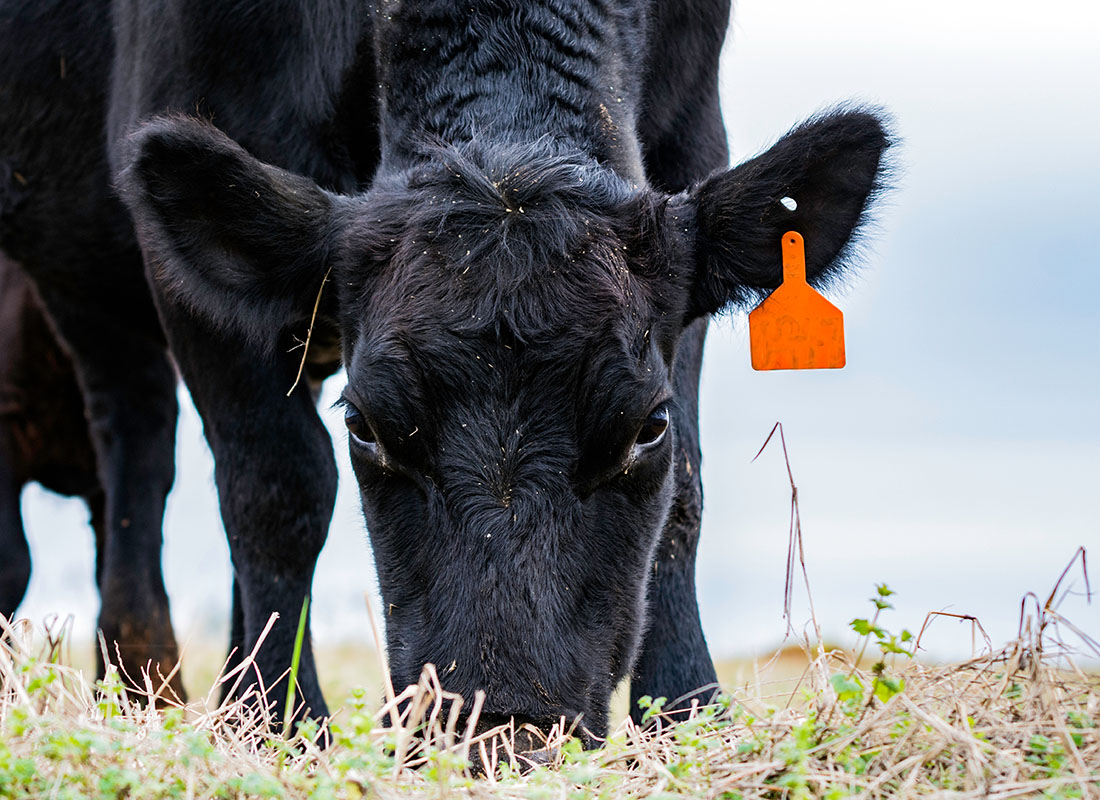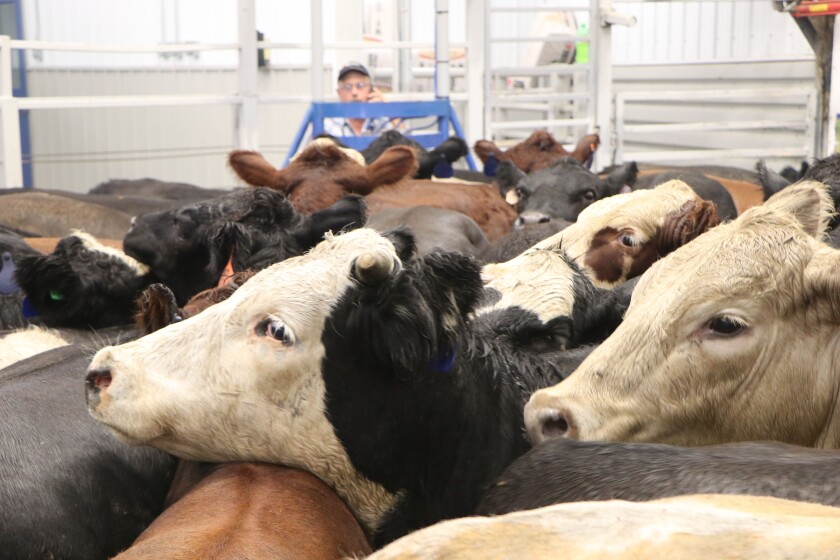Bagley Risk Management : Protecting Your Service Future
Bagley Risk Management : Protecting Your Service Future
Blog Article
Understanding Livestock Threat Security (LRP) Insurance Policy: A Comprehensive Guide
Browsing the world of livestock danger protection (LRP) insurance coverage can be an intricate undertaking for numerous in the agricultural industry. This kind of insurance policy supplies a safety internet against market fluctuations and unforeseen scenarios that could influence animals manufacturers. By recognizing the ins and outs of LRP insurance, producers can make educated choices that may safeguard their procedures from monetary threats. From just how LRP insurance policy operates to the numerous coverage options offered, there is much to discover in this thorough overview that can potentially form the way animals manufacturers come close to danger management in their services.

Just How LRP Insurance Policy Functions
Sometimes, recognizing the mechanics of Animals Danger Security (LRP) insurance policy can be intricate, yet breaking down exactly how it functions can provide clarity for farmers and herdsmans. LRP insurance policy is a risk monitoring device created to shield livestock manufacturers versus unforeseen cost decreases. The policy permits manufacturers to establish a coverage level based upon their details needs, picking the variety of head, weight range, and protection price. As soon as the policy is in place, if market costs fall listed below the coverage price, producers can sue for the difference. It is essential to note that LRP insurance coverage is not an earnings assurance; rather, it concentrates only on cost threat security. The insurance coverage period normally varies from 13 to 52 weeks, offering versatility for manufacturers to pick a period that aligns with their manufacturing cycle. By utilizing LRP insurance, breeders and farmers can minimize the financial dangers linked with changing market value, ensuring better stability in their procedures.
Qualification and Coverage Options

When it comes to protection options, LRP insurance coverage offers producers the flexibility to select the coverage degree, insurance coverage duration, and recommendations that ideal suit their danger monitoring needs. By understanding the eligibility requirements and protection options offered, livestock manufacturers can make informed choices to take care of threat effectively.
Advantages And Disadvantages of LRP Insurance Coverage
When assessing Livestock Threat Security (LRP) insurance, it is essential for livestock manufacturers to evaluate the drawbacks and benefits inherent in this threat monitoring tool.

One of the key advantages of LRP insurance policy is its capability to offer security against a decrease in animals prices. In addition, LRP insurance view it policy offers a degree of adaptability, allowing manufacturers to personalize coverage levels and plan periods to suit their details needs.
One restriction of LRP insurance coverage is that it does not protect against all kinds of threats, such as disease outbreaks or all-natural calamities. It is crucial for manufacturers to very carefully assess their specific risk direct exposure and monetary scenario to figure out if LRP insurance coverage is the appropriate threat management tool for their procedure.
Understanding LRP Insurance Policy Premiums

Tips for Making Best Use Of LRP Conveniences
Taking full advantage of the benefits of Animals Danger Protection (LRP) insurance calls for calculated planning and proactive danger administration - Bagley Risk Management. To take advantage of your LRP coverage, take into consideration the complying with suggestions:
Frequently Evaluate Market Conditions: Keep informed regarding market fads and rate fluctuations in this link the livestock sector. By checking these factors, you can make enlightened choices concerning when to buy LRP protection to shield against possible losses.
Establish Realistic Protection Levels: When picking insurance coverage levels, consider your production costs, market price of livestock, and possible threats - Bagley Risk Management. Establishing reasonable coverage degrees ensures that you are appropriately safeguarded without overpaying for unneeded insurance coverage
Diversify Your Coverage: Rather than relying solely on LRP insurance coverage, consider diversifying your danger management strategies. Integrating LRP with various other risk management tools such as futures contracts or choices can supply extensive insurance coverage versus market uncertainties.
Testimonial and Readjust Coverage Frequently: As market problems alter, occasionally evaluate your LRP insurance coverage to ensure it lines up with your current threat exposure. Adjusting coverage levels and timing of acquisitions can aid maximize your danger security method. By complying with these tips, you can make the most of the benefits of LRP insurance and safeguard your animals procedure versus unexpected risks.
Verdict
To conclude, animals threat protection (LRP) insurance is a valuable device for farmers to handle the financial threats connected with their livestock operations. By comprehending how LRP works, eligibility and protection choices, along with the pros and cons of this insurance coverage, farmers can make informed explanation choices to safeguard their source of incomes. By thoroughly considering LRP costs and applying methods to take full advantage of benefits, farmers can mitigate possible losses and make certain the sustainability of their procedures.
Livestock manufacturers interested in obtaining Animals Risk Protection (LRP) insurance policy can explore a range of eligibility requirements and coverage choices customized to their details animals operations.When it comes to coverage choices, LRP insurance uses producers the flexibility to select the insurance coverage degree, insurance coverage period, and endorsements that ideal fit their risk management needs.To realize the ins and outs of Livestock Threat Defense (LRP) insurance coverage totally, understanding the factors affecting LRP insurance policy costs is important. LRP insurance premiums are identified by different aspects, including the protection degree picked, the anticipated rate of livestock at the end of the protection period, the kind of animals being guaranteed, and the size of the coverage duration.Evaluation and Adjust Protection Consistently: As market problems alter, periodically examine your LRP coverage to ensure it lines up with your current threat direct exposure.
Report this page